Understanding the Necessity and Benefits for Your Hauling Needs
When it comes to the world of transportation and logistics, flatbed trailers play a pivotal role. These versatile transport solutions are favored across various industries for their ability to carry oversized, heavy, and irregularly shaped loads. With this versatility, however, comes the responsibility of ensuring that safety regulations are adhered to, especially concerning necessary components such as the Department of Transportation (DOT) bumper guard. In this article, we will explore the importance of DOT bumper guards on flatbed trailers, assess their necessity, delve into regulatory requirements, and discuss how they can impact your operations positively.
What is a DOT Bumper Guard?
A DOT bumper guard, also known as a rear impact guard, is designed to protect the rear end of a trailer from collisions. According to the Department of Transportation regulations, these guards are essential for minimizing the risk of accidents involving vehicles and pedestrians in the vicinity of trailers. Specifically, these guards help absorb impact energy while protecting vital components of the trailer and the vehicles behind it.
Key Features of a DOT Bumper Guard
- Load Bearing Capacity: Designed to withstand significant impact forces while maintaining structural integrity.
- Material Composition: Typically crafted from robust materials like steel or aluminum for enhanced durability and resistance against damage.
- Height and Width Requirements: Must conform to specific dimensions stipulated by the DOT, usually extending beyond the width of the trailer for maximum effectiveness.
- Installation Compliance: Must be mounted according to DOT guidelines, ensuring that they stay securely in place during operation.
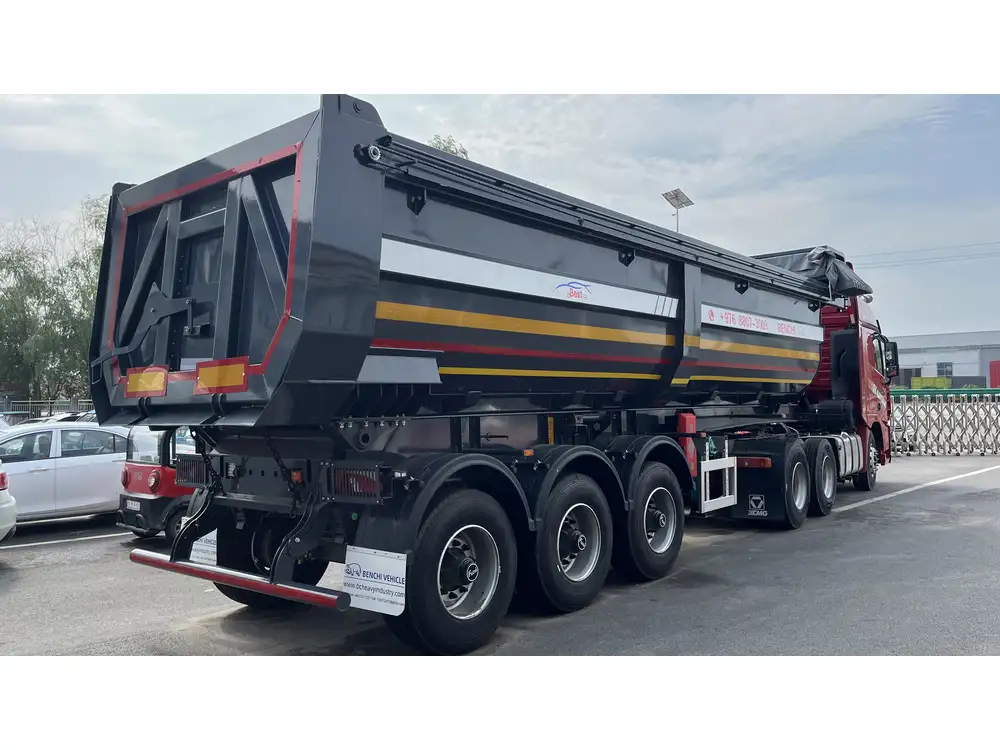
Why is a DOT Bumper Guard Important?
The need for a DOT bumper guard on flatbed trailers cannot be overstated. Here are some compelling reasons:
1. Safety Compliance and Legal Requirements
Flatbed trailers operating commercially are subject to strict safety regulations. The Federal Motor Carrier Safety Administration (FMCSA) enforces these rules. Non-compliance can lead to significant fines and operational disruptions, making it imperative for manufacturers and operators to equip their trailers accordingly.
Applicable Regulations:
- 49 CFR 581: Outlines the criteria for rear impact guards on trailers.
- FMCSA Regulations: Include various standards that must be met for operational safety.

2. Protection for Road Users
DOT bumper guards are not just about protecting the trailer; they are about safeguarding other road users. In the event of a collision, a properly installed bumper guard can significantly reduce the risk of severe injuries to pedestrians and occupants in smaller vehicles.
Consider These Statistics:
- Over 30% of trailer-related accidents involve a rear-end collision.
- Proper rear protection can reduce fatalities by up to 25%.
Assessing the Necessity of DOT Bumper Guards for Flatbed Trailers
While the necessity of a DOT bumper guard might seem straightforward, various factors need to be considered regarding specific operational scenarios.
| Factor | Requirement |
|---|---|
| Type of Cargo | Heavy or oversized loads increase the risk of rear-end collisions. |
| Frequency of Urban Deliveries | Higher delivery rates in urban areas may necessitate added protection. |
| Average Speeds | Operation in high-speed areas can amplify collision impacts. |
| Regulatory Compliance | Certain states mandate bumper guards for commercial use. |

Is It Worth the Investment?
Investing in a DOT bumper guard might seem like an added expense, but when compared to the potential costs associated with accidents, legal fees, and fines, it becomes a worthwhile expenditure. In addition, having a DOT-compliant trailer can boost your reputation as a responsible carrier, potentially leading to more business opportunities.
Choosing the Right Bumper Guard for Your Flatbed Trailer
Selecting the appropriate bumper guard requires a thorough understanding of your specific needs and operational constraints. Here are crucial considerations:
Material Durability
- Steel Bumper Guards: Known for their exceptional strength, suitable for heavy-duty applications.
- Aluminum Bumper Guards: Lighter and resistant to corrosion, perfect for lighter loads or usage in varied weather conditions.
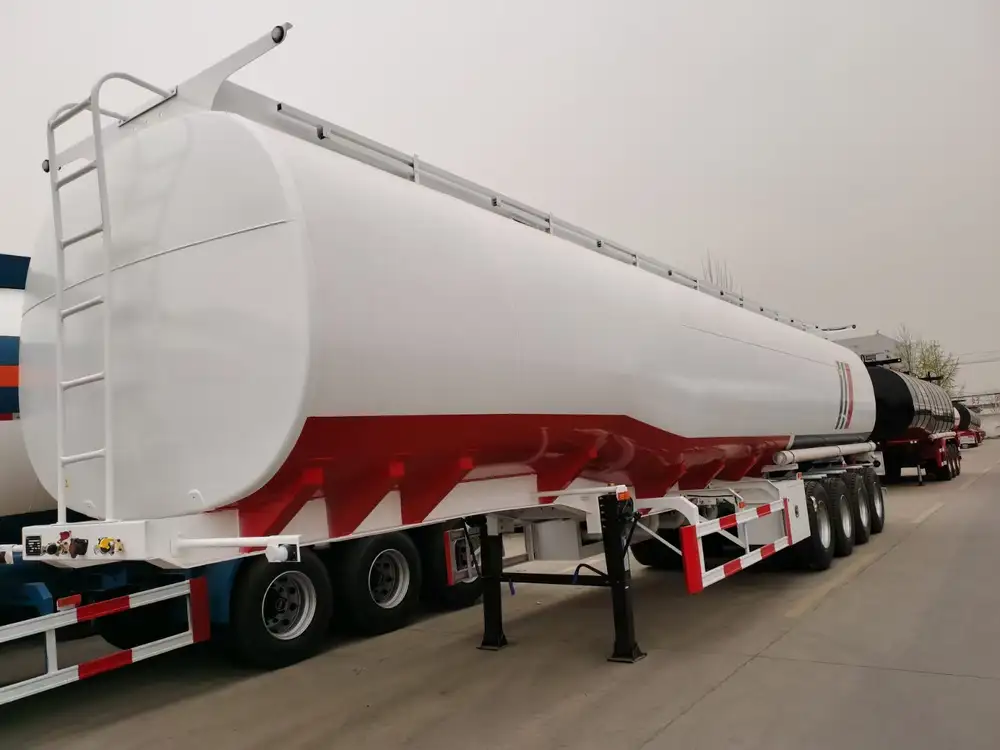
Design Features
- Retractable or Fixed Guards: Depending on the frequency of use and loading/unloading processes, you might prefer one design over the other.
- Integrated Lighting: Some bumper guards come with incorporated lighting for better visibility, enhancing safety during nighttime operations.
Compliance Certification
Ensure that the product complies with DOT standards. Often, manufacturers will provide documentation or certification confirming their adherence to safety regulations.
Installation and Maintenance of DOT Bumper Guards
Following installation guidelines and regular maintenance are crucial in ensuring the durability and functionality of bumper guards.
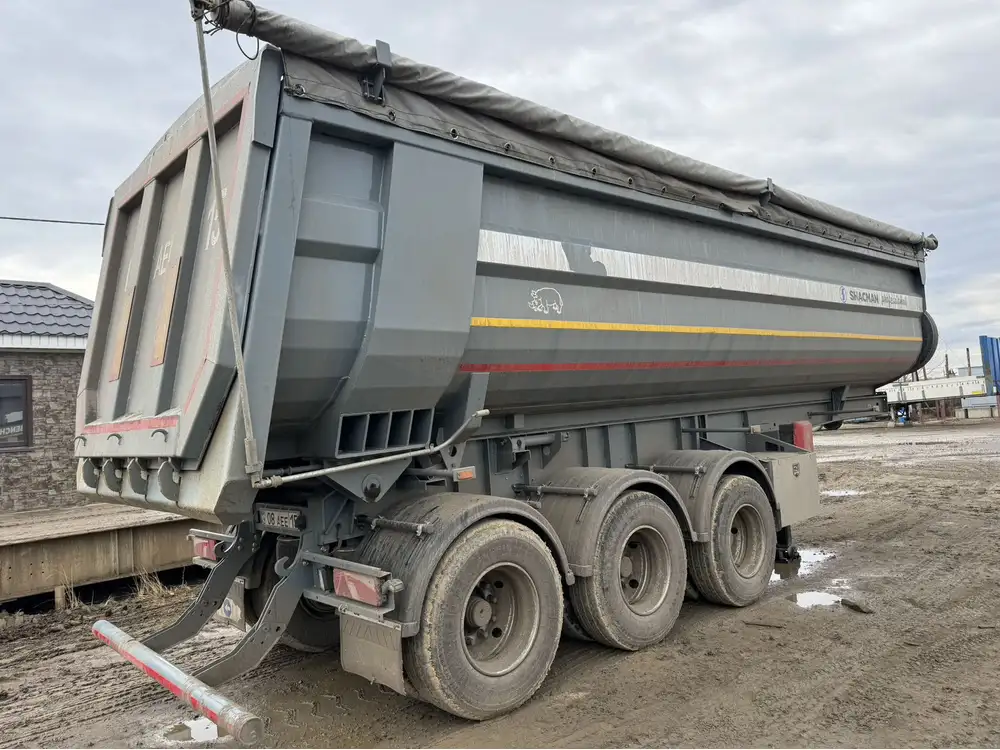
Installation Guidelines
- Location: Position the bumper guard correctly on the rear of the trailer.
- Mounting: Use heavy-duty mounting hardware to secure it in place, preventing any movement during transit.
- Inspection: Regularly check for signs of wear and tear, ensuring that the guard remains compliant with applicable regulations.
Maintenance Tips
- Regular Cleaning: Accumulate dirt and debris can lead to corrosion; clean after every trip.
- Inspect for Damage: Look for bends, cracks, or other damages that could impair performance.
- Professional Evaluation: Consider a professional check-up as part of your maintenance schedule to ensure ongoing compliance and safety.
How DOT Bumper Guards Enhance Operational Efficiency
In addition to safety and compliance, DOT bumper guards can substantially improve operational efficiency. Here are a few areas where these benefits can materialize:
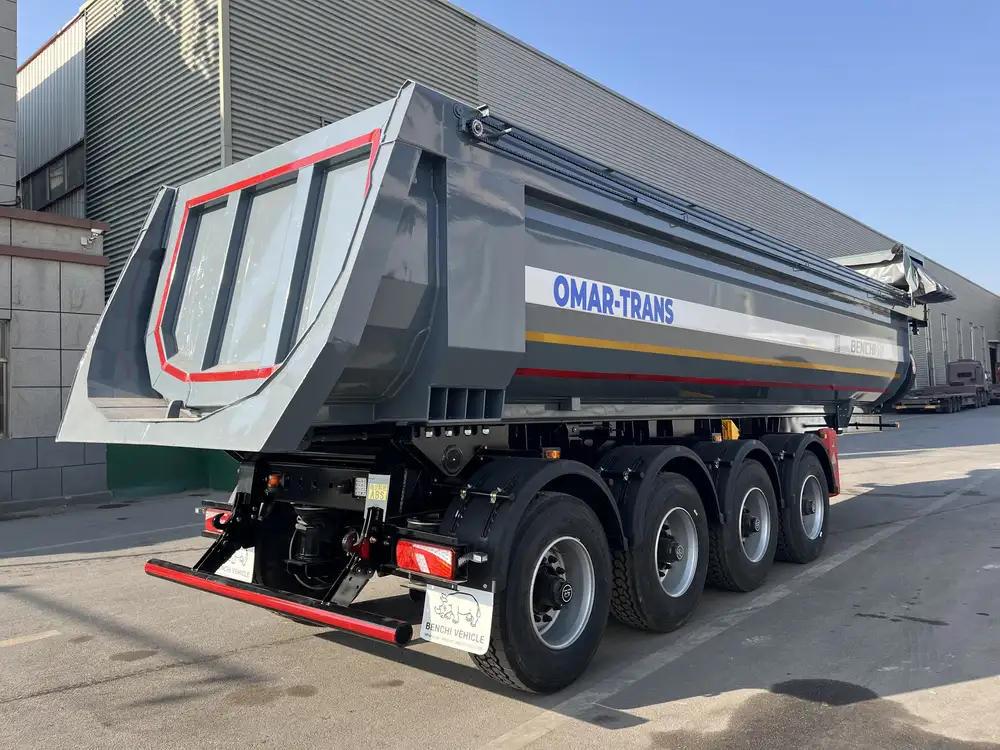
1. Insurance Benefits
A well-equipped and compliant flatbed trailer can lead to lower insurance premiums. Insurers often view carriers with enhanced safety features favorably, translating to financial savings in the long run.
2. Improved Customer Trust
Demonstrating a commitment to safety can attract clientele who prioritize responsible shipping practices. Implementing thorough safety measures reflects positively on your operational philosophy and reliability.
3. Risk Mitigation
Investing in a DOT bumper guard minimizes the potential risk associated with rear-end collisions, ultimately leading to fewer incidents and lowered operational disruptions.
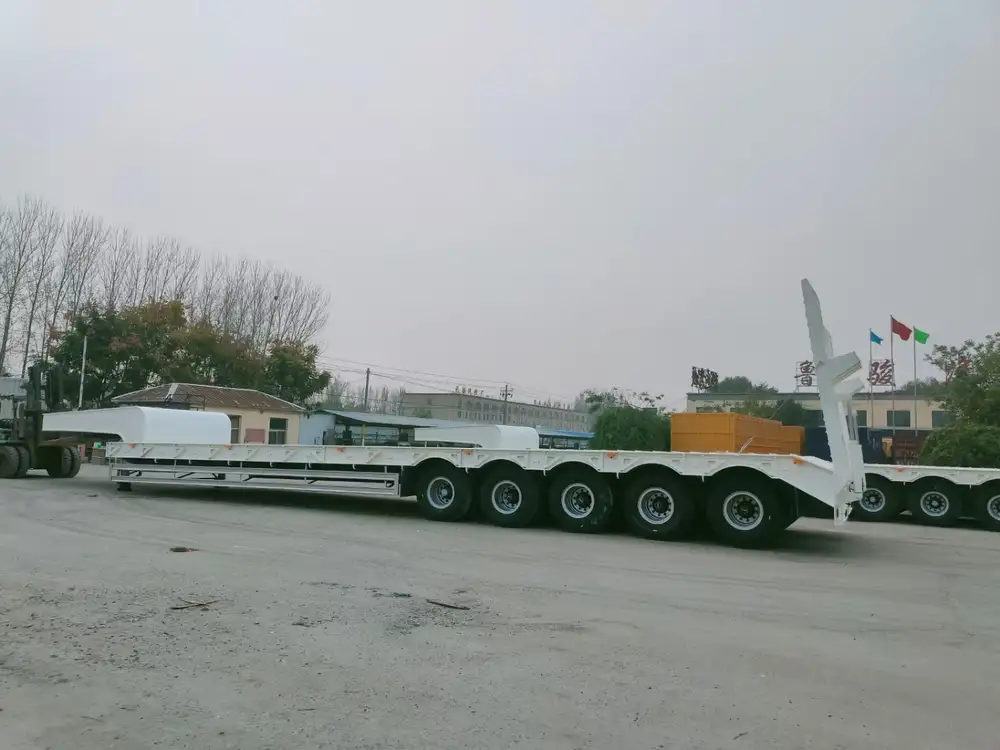
4. Longevity of Equipment
The protection offered by bumper guards can increase the life span of trailers by providing added structural support during impacts, reducing repair costs over time.
FAQs about DOT Bumper Guards on Flatbed Trailers
Do all flatbed trailers require bumper guards?
While not all flatbed trailers strictly require bumper guards, those involved in interstate commerce or carrying hazardous materials must comply with DOT regulations.
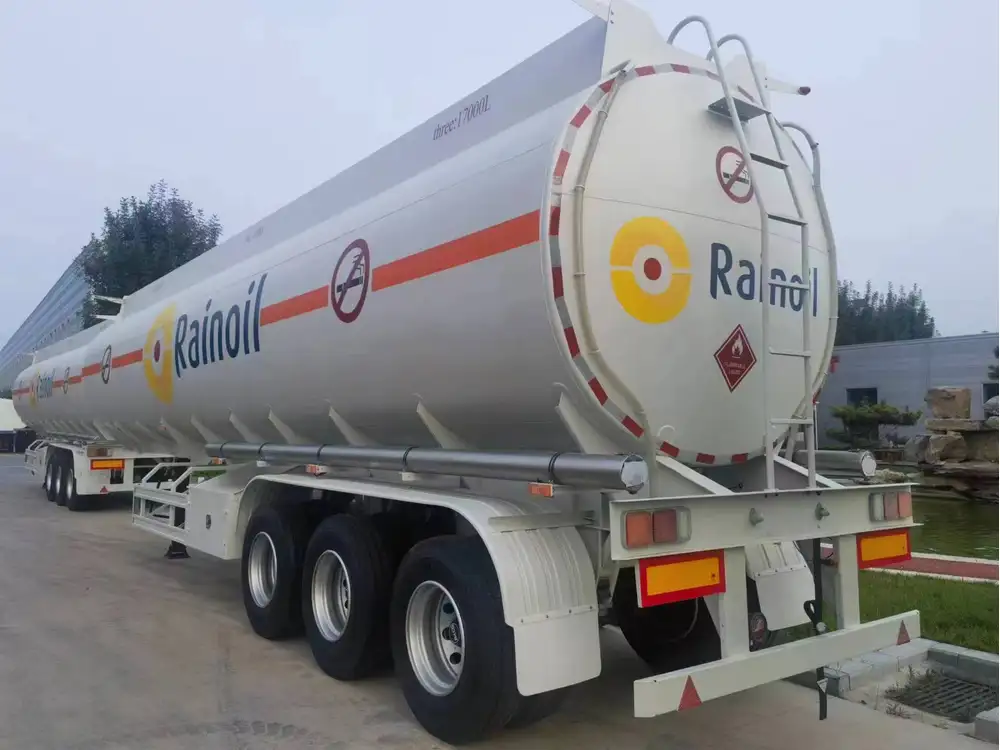
Can I retrofit a DOT bumper guard to my existing flatbed trailer?
Yes, many aftermarket options are available for retrofitting bumper guards. Ensure compatibility with your trailer model and compliance with DOT regulations.
How do I know if my trailer’s bumper guard is compliant?
Check the manufacturer’s specifications and ensure that it meets DOT guidelines outlined in regulations such as 49 CFR 581.
Conclusion: Prioritizing Safety and Compliance
Navigating the complexities of flatbed trailer safety and compliance can be daunting, but understanding the importance of components such as DOT bumper guards is crucial. Not only do these enhancements protect against liability and loss, but they also afford peace of mind, knowing that your operations align with industry standards.
As the trucking and logistics landscape evolves, staying ahead of safety requirements and implementing necessary upgrades remains key to sustainable success in your operations. Investing in a DOT bumper guard isn’t just a regulatory obligation; it’s an investment in safety, efficiency, and reputation that pays dividends long into the future. By prioritizing these critical components, you ensure that your flatbed trailers operate safely, comply with regulations, and provide excellent service to your clients.



